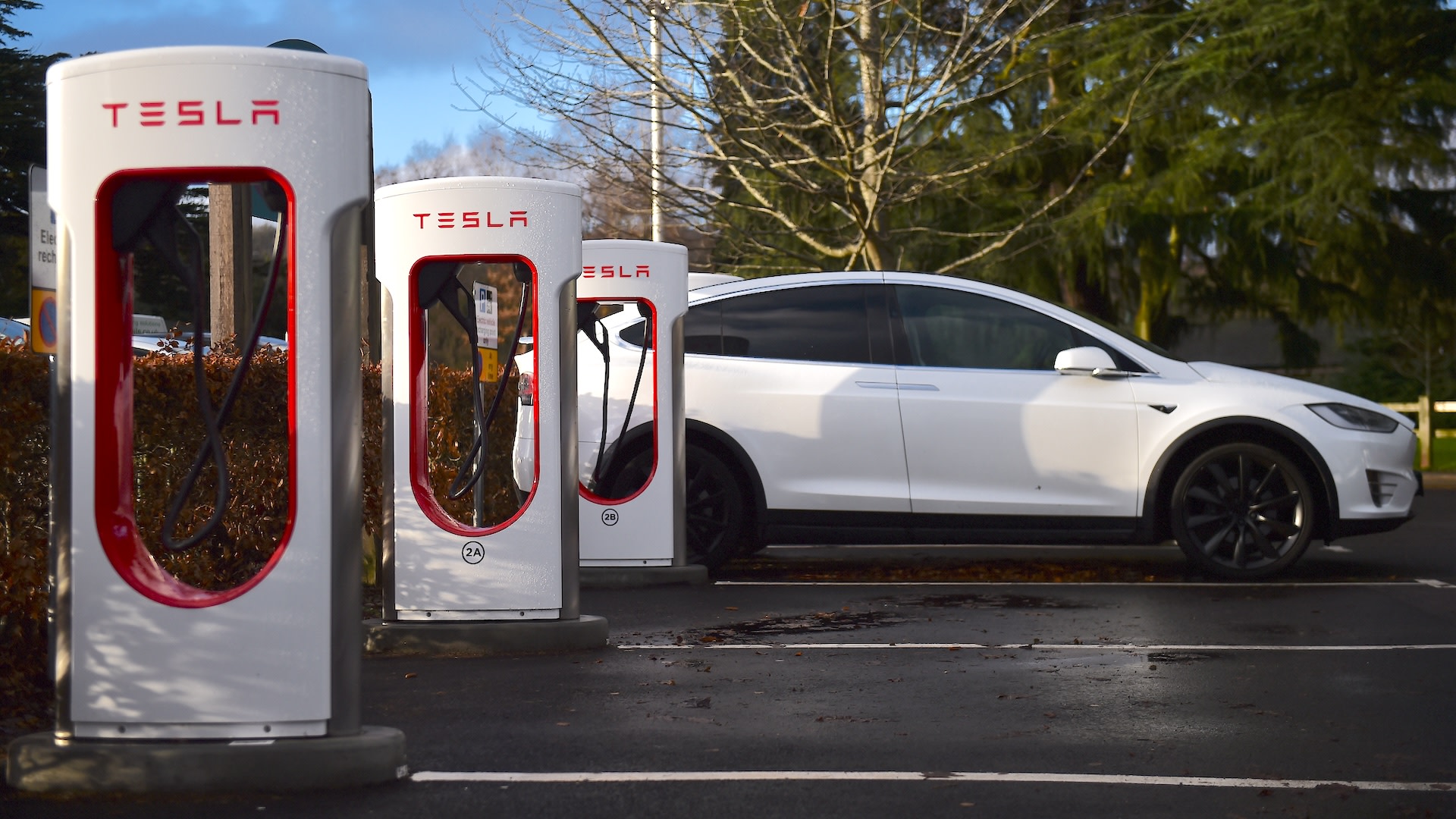For every piece of good news about electric vehicles, it feels like there's another story questioning their benefits. And while EVs aren't perfect, it's worth noting that not every criticism of them is true.
Recently, we broke down four of the biggest myths about electric cars, but as it turns out, there are plenty more out there to debunk. Here are four more EV misconceptions worth knowing:
Myth No. 5: It's too hard to charge an EV

The claim: Charging your EV will be the bane of your existence, because it takes too long since chargers are too hard to find.
The truth: If you're set up to charge at home, you're probably good. In fact, those charging costs are much lower than you'd think — it's less than $15 to fully charge an average-size battery at home in almost every state. Plus, there are more and more options that let drivers sell unused charge back to the grid, which could make those costs even lower.
But the issues with public charging are a real and continuing headache for both manufacturers and owners. From "charger hogs" to non-EV drivers who block spaces to thieves stealing charging cables, there are plenty of challenges.
Meanwhile, public charging networks are rapidly expanding. There are almost twice as many now as there were just five years ago. And availability is growing even faster these days, with Tesla opening its vast Supercharger network to several non-Tesla brands.
And don't forget that charging is, net-net, saving you money — even with some waits and hassles. For example, one study showed that Tesla's Model Y cost $19,000 less to drive over five years compared to its nearest gas-powered rival, the BMW X3. In terms of charging vs. gas alone, EV drivers save over $100 a month on average.
Myth No. 6: EV batteries don't work in freezing temperatures

The claim: It's a cold, hard fact that batteries don't hold their charge as well when the weather gets frigid.
The truth: This isn't a total myth, but it is an exaggeration. Below freezing, some popular EVs can lose between a quarter and a half of their charge, and charging in these conditions can take much longer.
The partial fix here is preconditioning — meaning, if your EV is charging at home, you warm the cabin while it's plugged in, which will save you some charge.
It's worth mentioning that gas cars also do worse in the cold, according to the U.S. Department of Energy, so this is a bit of a fact of life. In fact, when it's down to 20 degrees Fahrenheit, the fuel economy of gas cars falls by around 15%. That's not as much as most EVs are affected, but it still makes a difference.
Myth No. 7: If too many people drive EVs, we'll crash the power grid

The claim: Our electricity infrastructure isn't ready for the surge in demand caused by a mass uptake of EVs, and it would effectively collapse at peak usage.
The truth: As with most myths, the truth is a little complex and a lot less scary. Some estimates expect there to be around 26 million EVs on the road in America by 2030, which would mean energy production needs to rise by around 2.5% from 2020. That's a lot, and grid improvements will have to keep pace.
But how we charge makes a difference — doing so slowly, or at home during off-peak times, puts less strain on the grid. Also, there's the emergence of vehicle-to-grid charging, where EVs charge at low-cost times and then sell the power back to the grid when it's in need.
Myth No. 8: EVs are a fire hazard

The claim: EV batteries are inherently unsafe and can burst into flames when charging or even after small collisions.
The truth: EVs are designed to have their electrical systems shut down when there's a crash or short-circuit, but social media has been fast to claim that major fires have been started by EV batteries (famously, a 2023 fire at London's Luton Airport is often attributed to an EV battery, but firefighters say a diesel engine was actually the cause).
Car fire statistics are hard to pin down in the U.S., but data from Sweden — which does keep count — shows that the stats come down very much in favor of EVs, showing that internal combustion engine vehicles actually have as much as a 20-fold increase in fire risk.
What's true is that when an EV battery does catch fire, typically only when damaged, it can take much more effort to extinguish it. But those fires occur much less often than a few viral videos may have you think.
Join our free newsletter for weekly updates on the latest innovations improving our lives and shaping our future, and don't miss this cool list of easy ways to help yourself while helping the planet.









